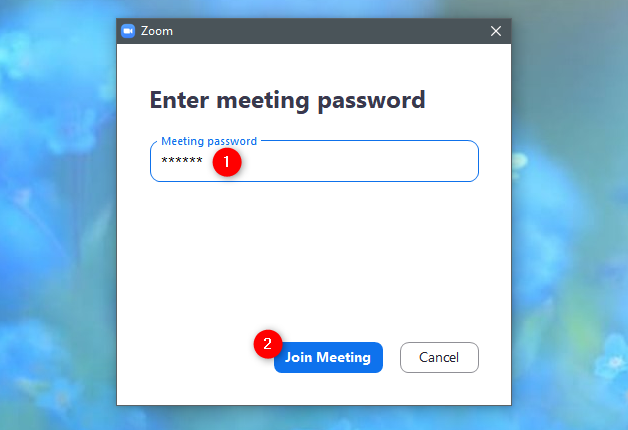


Media in turn may be mediated by Twilio, but might also be exchanged directly among clients, depending on the type of Video Room. In Twilio Programmable Video, signaling always takes place between clients and the Twilio’s cloud, which orchestrates the communication. Media packets typically transport encoded and encrypted audio and video bits. Media Plane: It deals with the media information itself.audio, video, etc) and how’s to be communicated (e.g. The communicating entities typically exchange signaling messages for agreeing on what’s to be communicated (e.g. Signaling Plane: This deals with the control information.

RTC (Real-Time Communication) services are typically architected in two layers: Ad-hoc Rooms (client-side Room creation).This guide also introduces the different alternatives for creating Rooms as well as their advantages and drawbacks: This guide introduces the concept of Twilio Video Rooms and helps developers decide which type of Room is most appropriate for their use-case: User Identity & Access Tokens for Programmable Video Insights, Troubleshooting, and Diagnostics.Specify Audio and Video Constraints in JavaScriptĭeveloping High Quality Video ApplicationsĪdd Programmable Voice Participants to Video RoomsĬonfiguring Audio, Video Input and Output devices Understanding Video Recordings and Compositions Tutorials and More Getting Started Resources


 0 kommentar(er)
0 kommentar(er)
